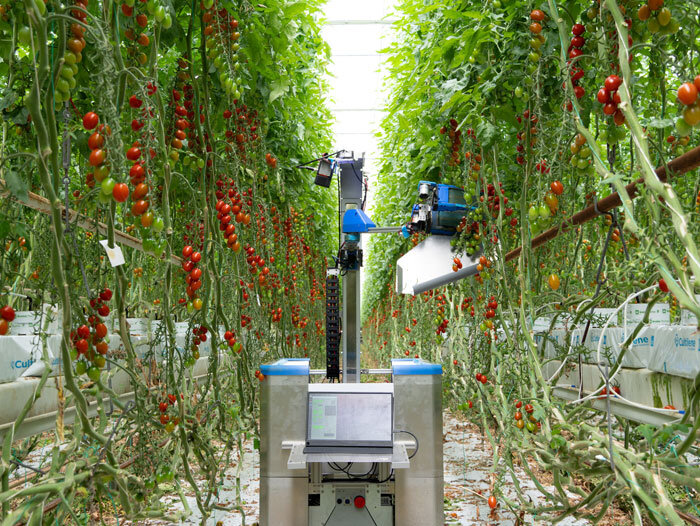THE HAGUE, Netherlands — Emerging from the heart of Japan’s Kanagawa Prefecture, inaho Inc. has been making strides in agricultural technology with its innovative tomato harvesting robot. Commencing trials in May 2023, the company has been agilely navigating its journey to commercialize this promising technology with Dutch growers.
The tomato harvesting robot from inaho has demonstrated significant operational efficiency and reliability throughout its testing phase. By November 2023, the participating grower signaled confidence in the technology by agreeing to pay for the robot’s performance, marking a milestone in the collaborative effort.
Fast forward to the summer of 2024, inaho concluded its most recent set of trials in the Netherlands from June to July, which spotlighted the robot’s enhanced capabilities. One standout improvement has been the harvesting speed, which has impressively doubled compared to the previous year. This leap in performance can be attributed to a combination of a new chip, an advanced camera system, and refined AI software.
Another crucial area of advancement is its accuracy. The latest version of the robot integrates improved image recognition technology, substantially decreasing mistakes like dropping tomatoes or inadvertently picking unripe green ones. Additionally, the robot’s body has been redesigned to be slimmer, ensuring it can more deftly maneuver through greenhouses, minimizing potential damage to plants and accommodating narrower lanes.
Collaboration has been key to these advancements. Dutch grower Nick Duijvestijn of Kwekerij Duijvestijn has been a pivotal partner in these trials. Reflecting on the collaboration, Duijvestijn expressed satisfaction with the project, noting that preparing for future challenges such as labor shortages and higher labor costs is paramount. According to Duijvestijn, “inaho’s robot is intuitive for employees to operate and ensures tomatoes are harvested without damaging the fruits or plants.”
inaho’s COO, Sohya Ohyama, elaborates on the company’s vision, underlining the importance of expanding trial scales in preparation for commercial deployment. Ohyama states, “We are actively seeking growers with a progressive outlook to expand our trials. Early collaborators can gain a significant advantage by familiarizing themselves with robotic operations and jointly developing efficient business models and robot deployment strategies.”
With this mutual growth approach, inaho not only intends to refine its technology but also aims to offer early partners incentives, such as discounts and prioritized use of their robots. This collaborative framework is designed to create a harmonious co-performance between human workers and robotic aids, pushing the boundaries of agricultural efficiency.
As inaho continues its quest for innovation and commercial readiness, the company remains open to new partnerships, inviting more growers to join this technological revolution and contribute to shaping the future of farming.


